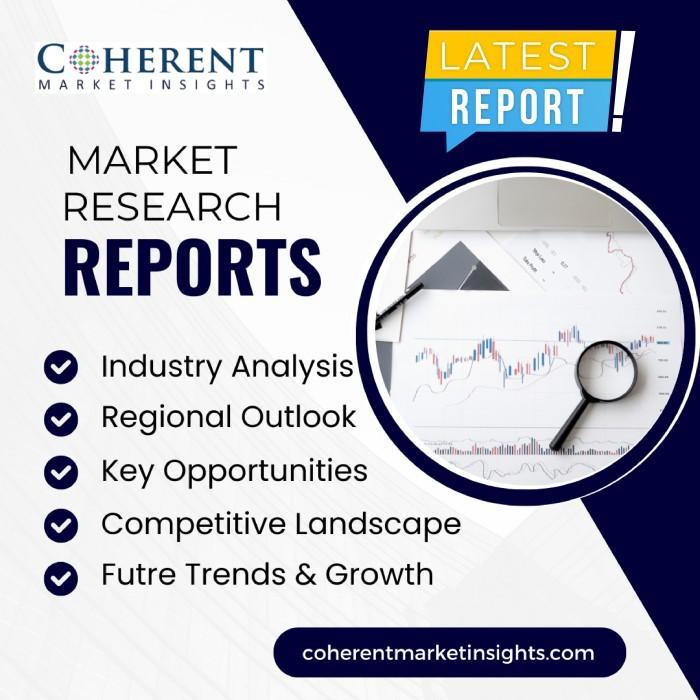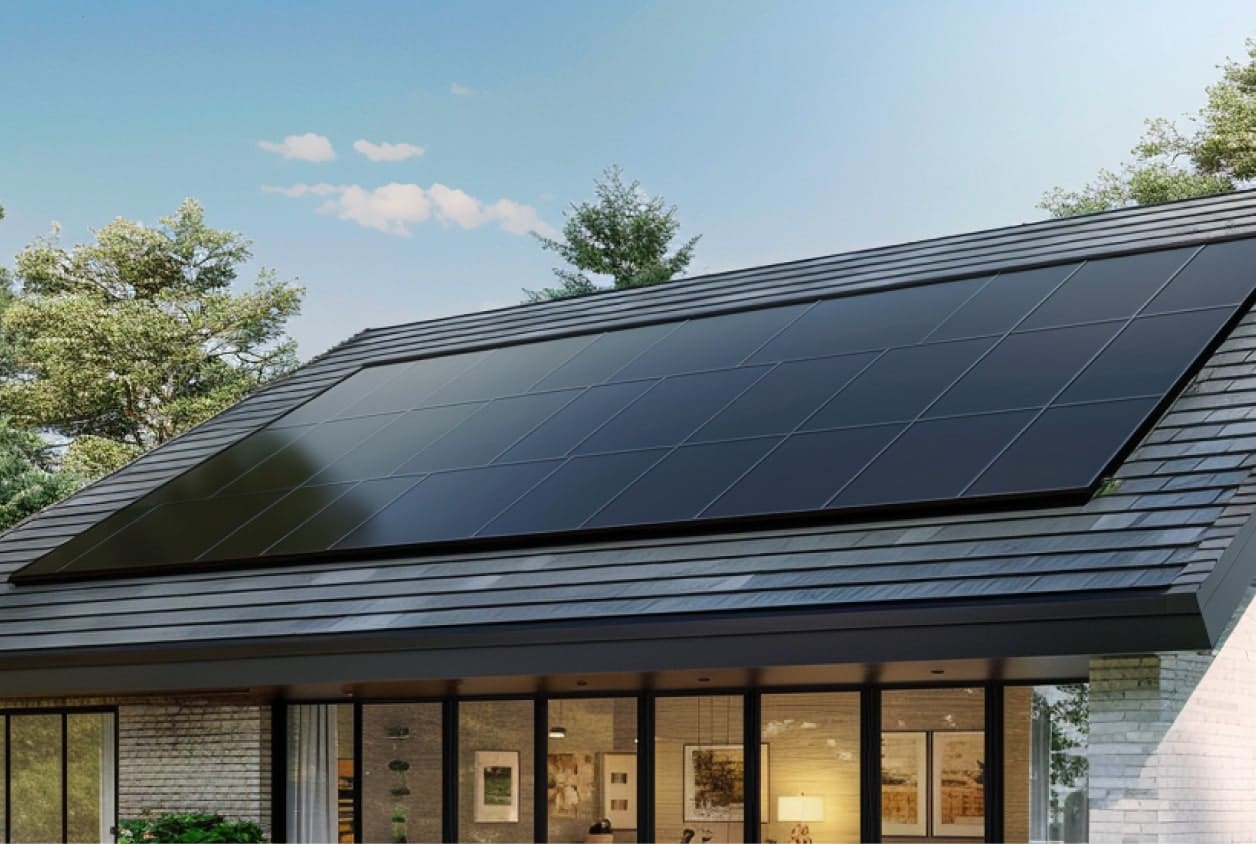Clean Hydrogen Market Analysis: A Catalyst for Achieving Sustainable Development Goals (2025-2032)
Executive Summary
A comprehensive analysis of the Clean Hydrogen Market for the forecast period of 2025 to 2032 indicates substantial growth, driven by the global imperative to meet Sustainable Development Goals (SDGs). This report outlines market size, trends, and regional forecasts, emphasizing the sector’s critical role in the transition towards a sustainable and low-carbon economy. The analysis integrates primary and secondary research to provide actionable insights into market dynamics, technological advancements, and the competitive landscape, all viewed through the lens of global sustainability targets.
The Role of Clean Hydrogen in Advancing Global Sustainability
Alignment with Key Sustainable Development Goals (SDGs)
The expansion of the clean hydrogen market is intrinsically linked to the achievement of several key SDGs. Its development is not merely an industrial trend but a fundamental component of the global sustainability agenda.
- SDG 7 (Affordable and Clean Energy): Clean hydrogen is pivotal for increasing the share of renewable energy in the global mix. It acts as a versatile energy carrier, enabling the storage and transport of clean energy, thereby enhancing energy security and access.
- SDG 13 (Climate Action): As a zero-emission fuel source at the point of use, clean hydrogen is a cornerstone of decarbonization strategies. Its adoption is essential for mitigating climate change by reducing greenhouse gas emissions in transport, industry, and power generation.
- SDG 9 (Industry, Innovation, and Infrastructure): The market’s growth stimulates significant innovation in electrolyzer technologies and fosters the development of resilient, sustainable infrastructure for hydrogen production, storage, and distribution, promoting inclusive and sustainable industrialization.
- SDG 11 (Sustainable Cities and Communities): By powering zero-emission transport and enabling cleaner industrial processes within urban areas, clean hydrogen directly contributes to improved air quality and the creation of more sustainable, resilient cities.
- SDG 12 (Responsible Consumption and Production): The market facilitates a shift towards sustainable production patterns by providing a clean energy source for hard-to-abate industrial sectors, thereby reducing their environmental footprint.
Market Dynamics and Segmentation
Growth Drivers and Strategic Opportunities
The market is propelled by factors directly aligned with sustainability objectives, including supportive government policies, macroeconomic conditions favoring decarbonization, and a competitive landscape increasingly focused on green innovation. Opportunities for growth are identified in emerging technological trends and the increasing demand for sustainable solutions across all end-user segments.
Market Segmentation Analysis
The report provides a detailed classification of the market based on technology and end-user applications, highlighting areas of strategic importance for achieving climate and energy goals.
By Technology:
- Alkaline Electrolyzer
- PEM Electrolyzer
- SOE Electrolyzer
By End-User:
- Transport
- Industrial
- Power Generation
- Others
Global Landscape: Regional and Competitive Analysis
Regional Market Evaluation
A geographical analysis underscores the global commitment to clean energy, with significant market activity and policy support across key regions.
- North America (U.S., Canada, Mexico)
- Europe (Germany, U.K., France, Italy, Russia, Spain, Rest of Europe)
- Asia-Pacific (China, India, Japan, Singapore, Australia, New Zealand, Rest of APAC)
- South America (Brazil, Argentina, Rest of SA)
- Middle East & Africa (Turkey, Saudi Arabia, Iran, UAE, Africa, Rest of MEA)
Competitive Environment and Key Participants
The competitive landscape is characterized by strategic initiatives from major players aimed at accelerating the energy transition. These companies are central to driving innovation and scaling up the production and application of clean hydrogen. Key industry participants include:
- Linde Plc
- Air Liquide
- Engie
- Uniper Se
- Air Products Inc
- Clean Hydrogen System
- Cummins Inc.
- Toshiba Energy Systems & Solutions Corporation
- Nel Asa
- Sgh2 Energy
Report Framework and Strategic Insights
Analytical Methodology
The findings in this report are based on a robust research methodology that combines primary and secondary data analysis. This triangulated approach ensures the validity and reliability of the insights by evaluating research design, data collection methods, and analytical tools against standards of rigor and ethical considerations. The analysis provides a comprehensive understanding of the market, grounded in authenticated data.
Key Strategic Questions Addressed
The report provides quantitative analysis and forecasts to help stakeholders capitalize on prevailing market opportunities. It addresses several crucial questions for strategic decision-making:
- Which corporations are leading the global clean hydrogen market and contributing to SDG-aligned goals?
- What emerging trends, driven by sustainability targets, will shape market development in the coming years?
- What are the primary drivers, restraints, and opportunities influencing the market’s contribution to climate action?
- How can future market projections inform strategic corporate planning for a low-carbon future?
- Which market segments offer the most potential for leveraging technological advancements for sustainable growth?
- What is the anticipated global growth rate for the clean hydrogen economy?
Analysis of Sustainable Development Goals in the Article
1. Which SDGs are addressed or connected to the issues highlighted in the article?
The article, which discusses a market report on Clean Hydrogen, is connected to several Sustainable Development Goals (SDGs). The primary focus on clean energy technology and its applications in various sectors directly links to goals concerning energy, industry, climate action, and sustainable communities.
- SDG 7: Affordable and Clean Energy: The core subject of the article is “Clean Hydrogen,” a key component in the transition to a sustainable energy system. The report’s analysis of the market for this energy source, including its use in “Power Generation,” directly addresses the goal of increasing access to clean energy.
- SDG 9: Industry, Innovation, and Infrastructure: The article highlights “technological advancements,” “innovations,” and specific technologies like “Alkaline Electrolyzer, Pem Electrolyzer, Soe Electrolyzer.” This focus on new, clean technologies and their application in the “Industrial” sector aligns with the goal of building resilient infrastructure, promoting inclusive and sustainable industrialization, and fostering innovation.
- SDG 11: Sustainable Cities and Communities: By identifying “Transport” as a key end-user segment for clean hydrogen, the article connects to the goal of making cities and human settlements inclusive, safe, resilient, and sustainable. Clean hydrogen can power vehicles, contributing to sustainable transport systems and reducing urban pollution.
- SDG 13: Climate Action: The development and growth of the “Clean Hydrogen Market” is a direct response to the need to combat climate change. As a low-carbon energy carrier, clean hydrogen is a critical tool for decarbonizing sectors like industry, transport, and power generation, thereby supporting urgent action to mitigate climate change and its impacts.
2. What specific targets under those SDGs can be identified based on the article’s content?
Based on the information provided, several specific SDG targets can be identified as being directly relevant to the growth of the clean hydrogen market.
- Target 7.2: By 2030, increase substantially the share of renewable energy in the global energy mix.
- Explanation: The article’s focus on “Clean Hydrogen” directly supports this target. Clean hydrogen, particularly when produced using renewable electricity, acts as an energy carrier that helps integrate more renewables into the energy system, especially in hard-to-abate sectors like “Industrial” and “Transport.”
- Target 9.4: By 2030, upgrade infrastructure and retrofit industries to make them sustainable, with increased resource-use efficiency and greater adoption of clean and environmentally sound technologies and industrial processes.
- Explanation: The report’s segmentation by “Technology” (e.g., electrolyzers) and “End User” (“Industrial,” “Power Generation”) explicitly points to the adoption of clean technologies by industries to become more sustainable, which is the core of this target.
- Target 11.2: By 2030, provide access to safe, affordable, accessible and sustainable transport systems for all.
- Explanation: The mention of “Transport” as a major end-user for clean hydrogen directly relates to this target. The adoption of hydrogen fuel cell vehicles is a key strategy for developing sustainable and clean transportation systems.
- Target 13.2: Integrate climate change measures into national policies, strategies and planning.
- Explanation: The article notes that the market analysis carefully examines “government policies.” The growth of the clean hydrogen market is heavily influenced by national and international climate policies and decarbonization strategies, making this target highly relevant.
3. Are there any indicators mentioned or implied in the article that can be used to measure progress towards the identified targets?
While the article does not explicitly state official SDG indicators, it implies several metrics and data points that the full market report would contain, which can be used to measure progress towards the identified targets.
- Implied Indicator for Target 7.2: Share of clean hydrogen in total final energy consumption, broken down by sector.
- Explanation: The report’s analysis of “industry size, market share” and its segmentation by end-users like “Transport, Industrial, Power Generation” would provide the necessary data to calculate the growing share of this clean energy source in the overall energy mix.
- Implied Indicator for Target 9.4: Investment in clean and environmentally sound technologies.
- Explanation: The report provides “actionable insights and forecasts for global and regional market growth” and analyzes “financial insights.” This data on market size, growth, and investment flows into technologies like “Alkaline Electrolyzer, Pem Electrolyzer, Soe Electrolyzer” serves as a direct measure of the adoption of clean technologies by industry.
- Implied Indicator for Target 11.2: Market penetration of clean fuel vehicles in the transport sector.
- Explanation: The analysis of the “Transport” end-user segment within the “Clean Hydrogen Market” report would inherently measure the growth and market share of hydrogen-based transportation, which is a key component of sustainable transport systems.
- Implied Indicator for Target 13.2: The impact of government policies on market growth.
- Explanation: The article states that the report examines “government policies” as a key market factor. The analysis of how these policies drive or restrain the market provides a qualitative and quantitative measure of their effectiveness in promoting climate action technologies.
4. Table of SDGs, Targets, and Indicators
| SDGs | Targets | Indicators (Implied from the Article) |
|---|---|---|
| SDG 7: Affordable and Clean Energy | Target 7.2: Increase substantially the share of renewable energy in the global energy mix. | The market size and share of clean hydrogen in the energy mix, particularly within the “Power Generation” sector. |
| SDG 9: Industry, Innovation, and Infrastructure | Target 9.4: Upgrade infrastructure and retrofit industries to make them sustainable… with greater adoption of clean and environmentally sound technologies. | The rate of adoption and market growth of clean hydrogen technologies (“Alkaline Electrolyzer, Pem Electrolyzer, Soe Electrolyzer”) within the “Industrial” end-user segment. |
| SDG 11: Sustainable Cities and Communities | Target 11.2: Provide access to safe, affordable, accessible and sustainable transport systems for all. | The growth rate and market share of clean hydrogen within the “Transport” end-user segment. |
| SDG 13: Climate Action | Target 13.2: Integrate climate change measures into national policies, strategies and planning. | Analysis of the impact of “government policies” as a key driver for the growth of the Clean Hydrogen Market. |
Source: openpr.com







